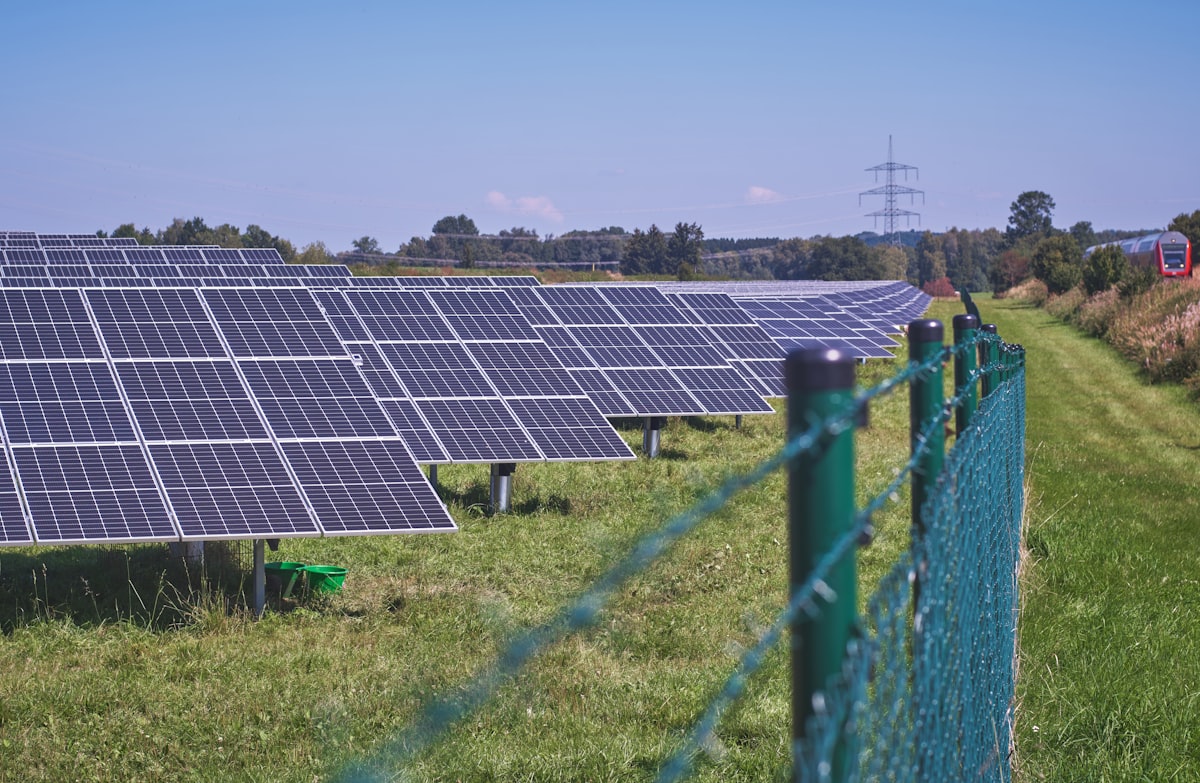Introduction
Wind energy is a rapidly growing source of renewable energy worldwide. As the world continues to face the impacts of climate change, the need for clean energy sources has become more pressing than ever. Wind energy, in particular, has the potential to play a significant role in reducing carbon emissions and promoting sustainable development.
Wind energy is harnessed through the use of wind turbines, which are designed to capture the kinetic energy of the wind and convert it into electrical energy. Wind turbines consist of a rotor, a gearbox, a generator, and a tower. The rotor, which is made up of blades, captures the wind’s energy and converts it into rotational energy. The gearbox then increases the rotational speed of the rotor, which drives the generator to produce electrical energy. The tower supports the rotor and the generator and can be several hundred feet tall.
Wind energy is a form of renewable energy that uses the power of the wind to generate electricity. It is one of the fastest-growing sources of electricity generation in the world, with a total installed capacity of over 700 GW as of 2021.
Wind energy is a renewable energy source that converts the kinetic energy from the wind into electrical energy. It is one of the fastest-growing sources of electricity generation worldwide, as it is a clean and abundant source of energy that does not emit harmful pollutants or greenhouse gases.
History of Wind Energy
Wind energy has been used for centuries for various purposes, such as grinding grain, pumping water, and sailing ships. The first wind turbine designed for electricity generation was built in Scotland in the late 19th century. However, it wasn’t until the 1970s that the use of wind energy for electricity generation became more widespread.
How Wind Energy Works
Wind turbines consist of a rotor, a generator, and a tower. The rotor is the spinning part of the turbine that contains the blades. When the wind blows, it causes the rotor to spin, and this rotational motion is transferred to the generator. The generator converts the rotational energy into electrical energy, which can then be used to power homes, businesses, and other applications.
How does wind energy work?
Wind energy works by converting the kinetic energy of the wind into electrical energy using wind turbines. A wind turbine consists of a rotor, a gearbox, a generator, a control system, and a tower.
The rotor is part of the turbine that captures the wind energy and turns it into rotational energy. The blades of the rotor are shaped like airplane wings, and when the wind blows, they turn around a hub. The gearbox is used to increase the rotational speed of the rotor to a level that is sufficient to drive the generator.
The generator converts the rotational energy of the rotor into electrical energy. The electricity generated is transmitted to the power grid through power cables that are connected to the base of the tower.
The control system is used to monitor and control the operation of the turbine. It includes sensors that measure the speed and direction of the wind and the orientation of the rotor blades. The control system adjusts the position of the rotor blades to optimize the amount of energy that is captured from the wind.
Current and Future Outlook
Wind energy is currently the second-largest source of renewable energy worldwide, behind hydropower. In 2020, wind energy accounted for approximately 7% of global electricity generation. The International Energy Agency (IEA) predicts that wind energy will continue to grow, and by 2040, it could generate up to 20% of global electricity.
Advantages of wind energy
- Renewable: Wind energy is a renewable source of energy, which means that it is abundant and will never run out. As long as there is wind blowing, we can generate electricity from it.
- Clean: Wind energy does not produce any harmful emissions or pollutants that contribute to climate change or air pollution.
- Cost-effective: Wind energy has become increasingly cost-effective in recent years, and in many cases, it is now cheaper than fossil fuel-based electricity.
- Low maintenance: Wind turbines require very little maintenance, and the cost of maintenance is generally low.
- Job creation: The wind energy industry creates jobs in the manufacturing, installation, maintenance, and operation of wind turbines.
Disadvantages of wind energy
- Intermittent: Wind energy is an intermittent source of energy, which means that it is not always available. It depends on the availability of wind, which can vary from day to day and season to season.
- Land use: Wind turbines require a lot of space, and they can impact the environment and wildlife habitats. They can also be a visual and noise nuisance for nearby residents.
- Energy storage: Since wind energy is intermittent, energy storage solutions are required to store excess energy generated during times of high wind and use it during times of low wind.
- Wind variability: Wind speeds can vary greatly from one location to another, making it difficult to predict the amount of energy that can be generated.
Conclusion
Wind energy is a clean and renewable source of energy that has the potential to meet a significant portion of our electricity needs. However, it is important to address the challenges associated with wind energy, such as intermittency, land use, and energy storage, to ensure its long-term viability as a sustainable energy source.
In conclusion, wind energy is a clean and renewable source of energy that has the potential to significantly reduce dependence on fossil fuels and decrease greenhouse gas emissions. While there are some challenges associated with wind energy, such as intermittency and potential impacts on wildlife, advances in technology and increased investment are expected to overcome these challenges and increase the adoption of wind energy in the future.











